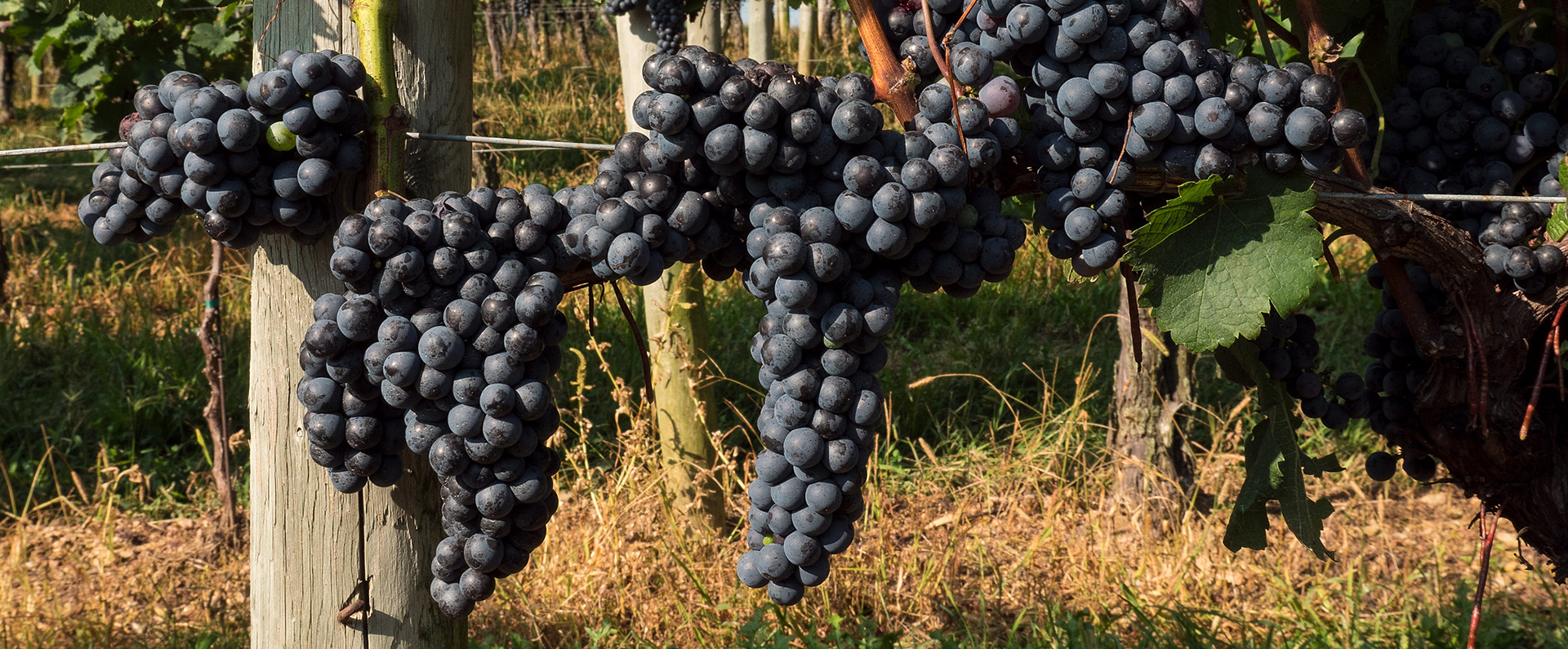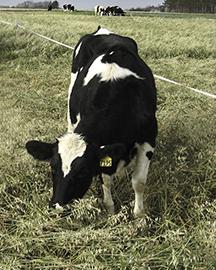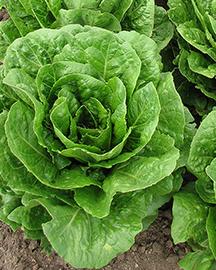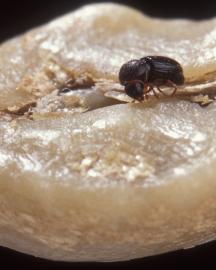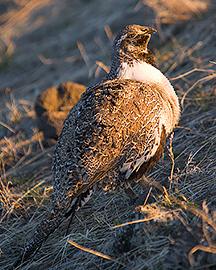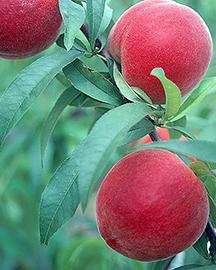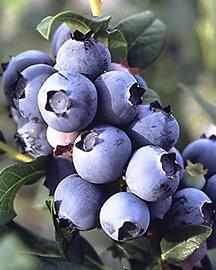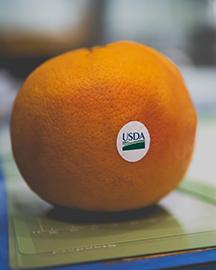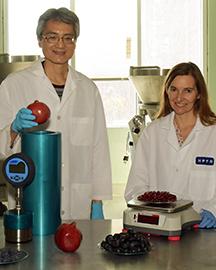ARS scientists developed novel, reversible biocides that kill disease-causing bacteria while minimizing other toxic effects.
Pacific West Area

ARS’s Pacific West Area (PWA) delivers innovative research-based solutions to solve problems of importance to U.S. agriculture. Our programs ensure high agricultural productivity, good nutrition, prosperous rural and national economies, and healthy agroecosystems. The Area is composed of 49 research units at 21 locations in 8 states.
Our diverse research portfolio includes ecologically friendly bioproducts, food processing, crop health and productivity, natural resources conservation, rangeland health, crop germplasm preservation, animal health, and human nutrition programs. Our relationships with stakeholders are paramount and ensure that the benefits of our research are realized by American agriculture and associated industries.
In This Section
Protecting Against a Serious Blood Disease
ARS researchers developed an antibody against the most lethal variant of the Shiga toxin, called Stx2.
Sugar May Negatively Affect Brain Function
ARS researchers studied whether different dietary patterns were linked to decision-making performance and stress exposure.
Now Crops Have an App For That
A team of ARS researchers is providing farmers in Hawaii with new apps to help manage threats to their crops.
Making Rangelands More Appetizing
Researchers used the Lawson Aerator to evaluate the effectiveness of a mechanical treatment to renovate rangelands.
One Plant’s Pest Another Plant’s Benefactor
Researchers are developing techniques to trap and transfer earwigs from stone fruit orchards to the pome fruit orchards where they are beneficial.
Controlling Fruit Rots in Blueberries
ARS researchers tested natamycin as a postharvest treatment to control and reduce fruit rot in blueberries.
Undercutting Wildfire
A team of researchers has combined satellite data with virtual fencing to turn ordinary livestock grazing into a powerful tool to reduce wildfire risk.
Eco-Friendly Compostable Produce Labels
ARS researchers worked with the produce industry to develop a food-safe, compostable adhesive formulation for price look-up labels on produce.
Technology Keeps Produce Fresh, Longer
ARS researchers in Albany, CA, are developing a new technology that could "freshen up" the frozen fruit and vegetable market.
Heart Healthy Algae Oil
ARS researchers and collaborators demonstrated that oils from algae can produce the necessary omega-3 fatty acids found in fish oils.



